PAGASA modernization brings hope for better weather forecasting
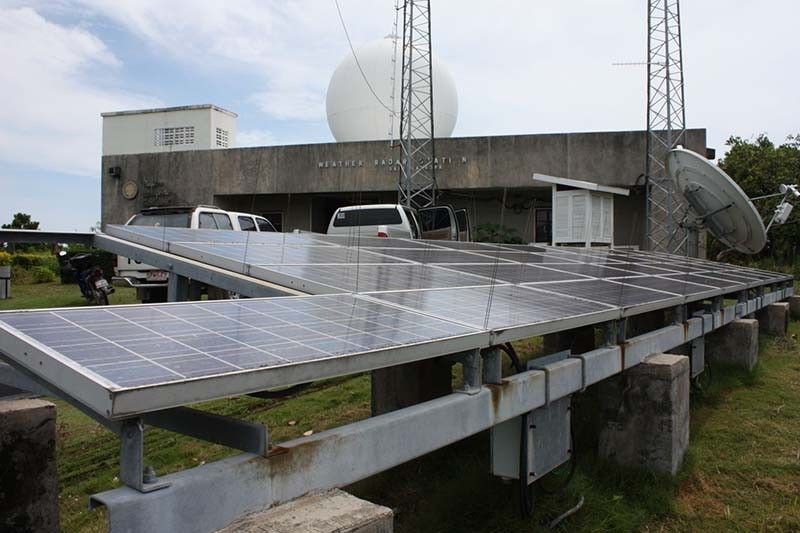
MANILA, Philippines (First published: September 25, 1:44 p.m.) — For Chris Perez, a senior weather specialist with the Philippine Atmospheric, Geophysical and Astronomical Services Administration, one of the best feelings in the world is producing reliable forecasts that helped save millions of lives and prevented widespread damage.
He, like other meteorologists, believes that accurate and timely weather and climate information can help the public make informed decisions, especially during extreme weather events.
The Philippines is identified as one of the most vulnerable nations to the impacts of climate change. It is hit by an average of 20 tropical cyclones every year.
Some of these weather disturbances are devastating, such as Super Typhoon Yolanda (Haiyan) in 2013 and Super Typhoon Rolly (Goni) in 2020. Super Typhoon Karding (Noru), after an explosive intensification, is expected to batter Luzon.
As the warming of the planet continues, extreme weather events and other climate impacts are becoming severe and may be irreversible.
On World Meteorological Day in March, United Nations Secretary General Antonio Guterres stressed that countries must invest in early warnings and actions to save lives.
“We must invest in adaptation and resilience. That includes the information that allows us to anticipate storms, heatwaves, floods and droughts,” Guterres said then.
PAGASA modernization
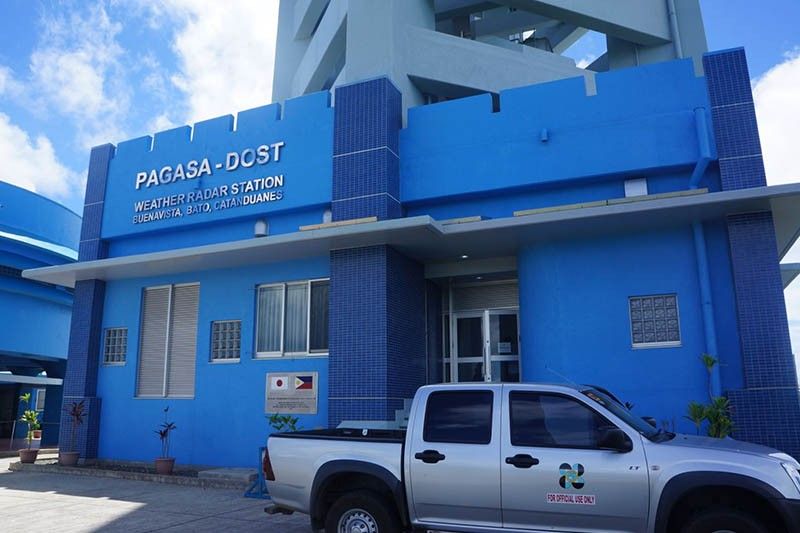
In 2015, then President Benigno ‘Noynoy’ Aquino III signed Republic Act 10692, or the PAGASA Modernization Act, which mandates the upgrade of physical resources and operational techniques of the national weather agency.
Weather specialists Perez and Benison Estareja said there have been many improvements in terms of facilities seven years after the passage of the measure.
According to a document provided by PAGASA to Philstar.com, the state weather bureau has established 53 automatic weather stations, put up 17 high-frequency radars, 28 lightning detection systems and other equipment in different locations across the country.
"These are installed to address the limited meteorological data in areas that are either remote or are frequented by heavy rains and weather disturbances," said Estareja, who has been working for the agency for eight years.
He added that PAGASA has implemented the wide usage of coastal radars that are useful in providing forecasts for fishers and sea travelers, and mobile radar used in storm chasing or capturing the features and parameters of a tropical cyclone.
PAGASA has also established a new PAGASA field office in Legazpi City in Albay, which is especially vulnerable to tropical cyclones. It has also built weather stations in the provinces of Bataan, Camiguin, Isabela and Quirino as well as in Mulanay in Quezon province, and Laguindingan in Misamis Oriental.
The modernization law also mandates the establishment of regional weather services centers and a data center. According to PAGASA, it has established Flood Forecasting and Warning Centers in strategic areas to broaden its base in providing timely information and flood warnings in the regions. River centers in the country’s 15 major river systems have also been set up.
The agency also established a data center in its central office and is building a redundant data center in Mactan City, Cebu.
PAGASA is also undertaking a pilot study on impact-based forecasting and warning services through the Green Climate Fund. Impact-based forecasting, according to WMO, provides the information needed to act before disasters to minimize the socio-economic costs of weather and climate hazards.
More investments needed
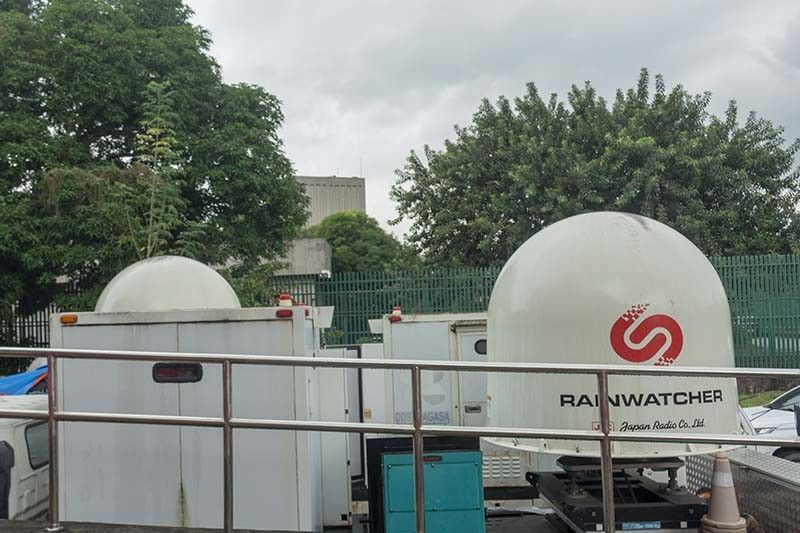
The acquisition of state-of-the-art equipment and facilities helped PAGASA improve its forecasting of tropical cyclones.
According to the agency, its average forecast track error decreased to 58.7 kilometers in November 2020 to 141.41 km in 2014. The current track error is way below the internationally accepted value of 120 km.
Despite the upgrades in equipment and facilities, PAGASA employees believe more investments are still needed.
For Estareja, PAGASA needs to have supercomputers that operate faster than the agency’s current system. Supercomputers can also help PAGASA produce more accurate weather and climate change forecasts.
“The higher the number of well-maintained and high quality data, the more accurate the weather data will be. The more accurate the weather data, the more accurate the climate data as well,” Estareja said.
“These accurate climate data represent a better picture of what is in store for us in the next decade up to even the end of the century,” he added.
Funding woes
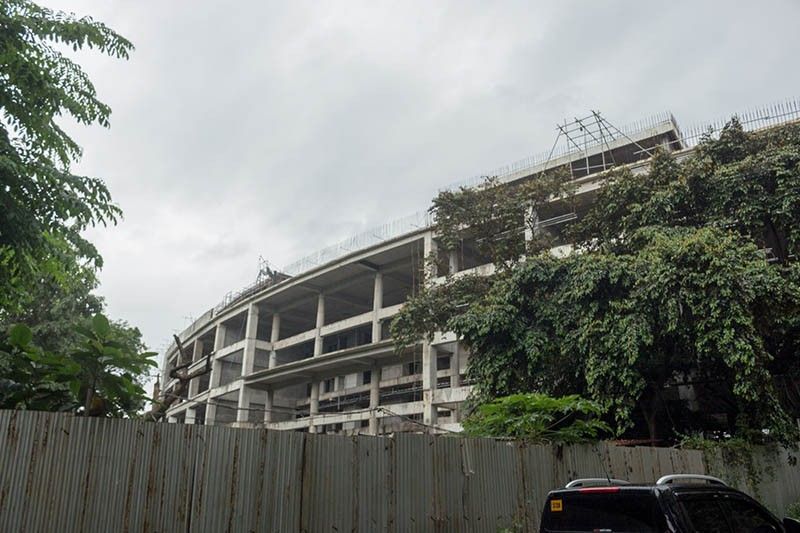
The country’s budget department allotted P1.142 billion for PAGASA in next year's proposed budget. The amount was lower than the P1.385 billion that the agency was given this year.
The Department of Budget and Management did not allocate funds for the agency’s capital outlay, which refers to appropriations spent for infrastructure and equipment.
“We have had no capital outlay for two years. How can we build new stations? How can we buy new equipment that is needed if we don’t have it?” said Jose Daniel Suarez, PAGASA’s Financial, Planning and Management Division chief administrative officer.
Inside PAGASA’s headquarters in Quezon City stands an unfinished building, which was supposed to serve as the new home of the agency’s weather division and the place to conduct training. Construction began in 2018.
Suarez said PAGASA has made yearly requests to government agencies such as DBM and the Department of Public Works and Highways to fund the completion of the building.
The weather bureau’s proposed budget for maintenance and other operating expenses (MOOE) has also been slashed, the official added.
“We understand that the concern of the government right now is the pandemic. But the thrust of PAGASA is also to save lives,” Suarez said.
Human resources
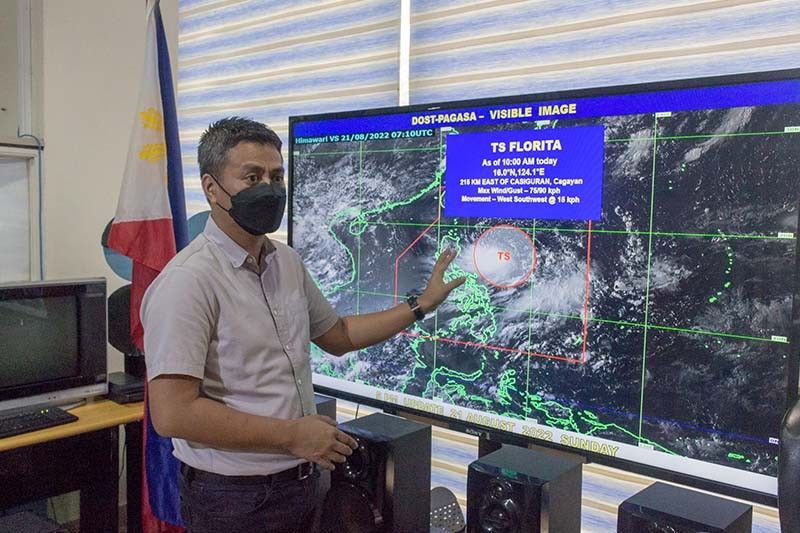
One of the salient features of the PAGASA Modernization Law is the creation and implementation of a human resource development program that should include a new salary scale for PAGASA personnel. A personnel retention incentive to qualified personnel who obtain very satisfactory performance ratings should be also implemented.
These were seen as measures to prevent more scientists and government workers from seeking better pay or living conditions abroad.
However, talks with the DBM on the new salary scale have bogged down many times due to changes in the budget department’s leadership, Suarez said. The DBM has also yet to approve the personnel retention incentive.
But for Perez, the delayed implementation of the salary adjustment and the incentive “has not really affected the overall operations of the agency [because] we’re still meeting targets.”
In a press briefing in August, PAGASA administrator Vicente Malano mentioned the need for more personnel who will man the agency's newly-established weather centers.
PAGASA also offers scholarships to its personnel in a bid to further enhance their capacity to detect, track and warn of weather events, and to monitor climate change. It also works with WMO in training meteorologists and meteorological technicians.
“Computer models have improved a lot but can only do so much. It’s really the people who will synthesize the data and make sense of the patterns that lead to better forecasts,” said Gerry Bagtasa, a professor with the University of the Philippines’ Institute of Environmental Science and Meteorology.
In the Philippines, there are only four universities that offer undergraduate program degrees in meteorology: Mariano Marcos State University in Ilocos Norte, Central Luzon State University in Nueva Ecija, Visayas State University in Leyte, and Bicol University in Albay. UP Diliman has a masters in meteorology program.
“It’s actually a bit strange that considering how much we are impacted by weather in our lives, yet there’s too few meteorologists in the country,” Bagtasa said.
Better communication
If there’s one thing that PAGASA needs to work on, it is communicating their forecasts to the public, Bagtasa said. He noted that limitations and uncertainties of forecasts are not communicated well on many occasions.
PAGASA regularly issues forecast products on its online platforms. Weather specialists also report weather forecasts, usually in Filipino, on its Facebook and YouTube accounts every 5 a.m. and 5 p.m. The issuance of weather bulletins and briefings is more frequence when cyclones threaten the country.
“The other side [of the equation] is communication: how to let people understand the jargon involved, and have the people understand the warning enough to evoke their imagination on how the hazard will play out,” Bagtasa said.
Perez, who has been with PAGASA for nearly two decades, said the state weather bureau is trying to constantly improve its products and services, and its visibility to better serve the public.
“[In the next 10 to 20 years,] PAGASA will continue to remain the authority in terms of providing weather products and services in the country and PAGASA forecasters will excel in their field,” he said.
--
This story is supported by Climate Tracker and Earth Journalism Network.
Editor's Note: The previous version of the article stated that the proposed 2023 budget was "slightly higher" than this year's budget, and that capital outlay referred to allotment for goods and services. This has since been corrected.
- Latest




























